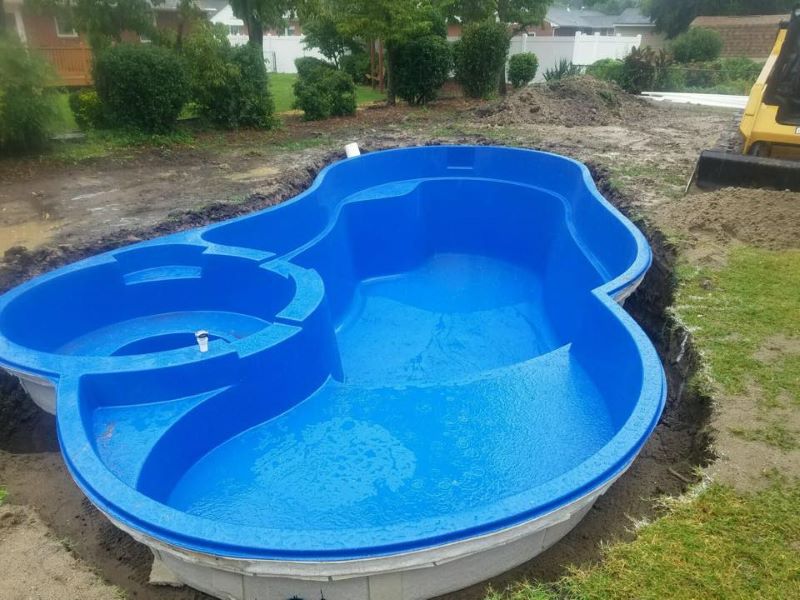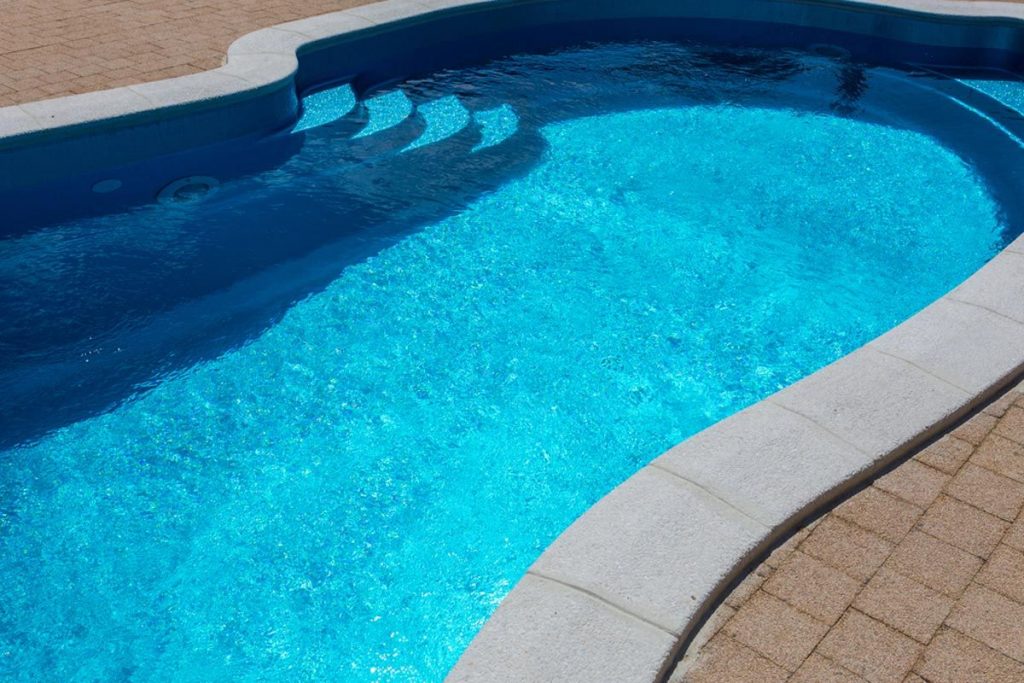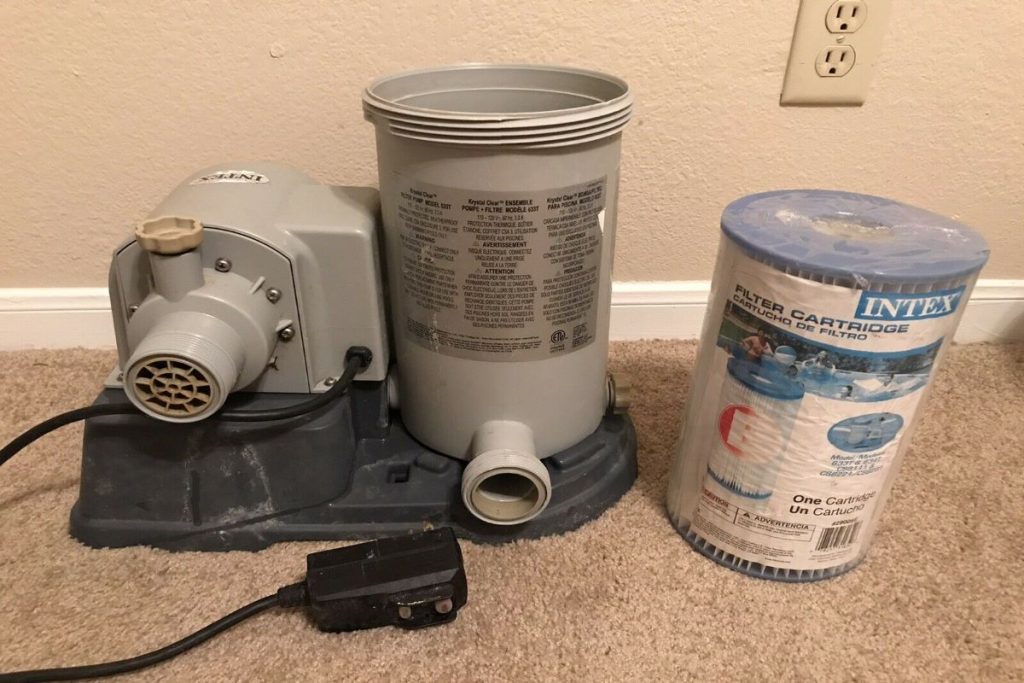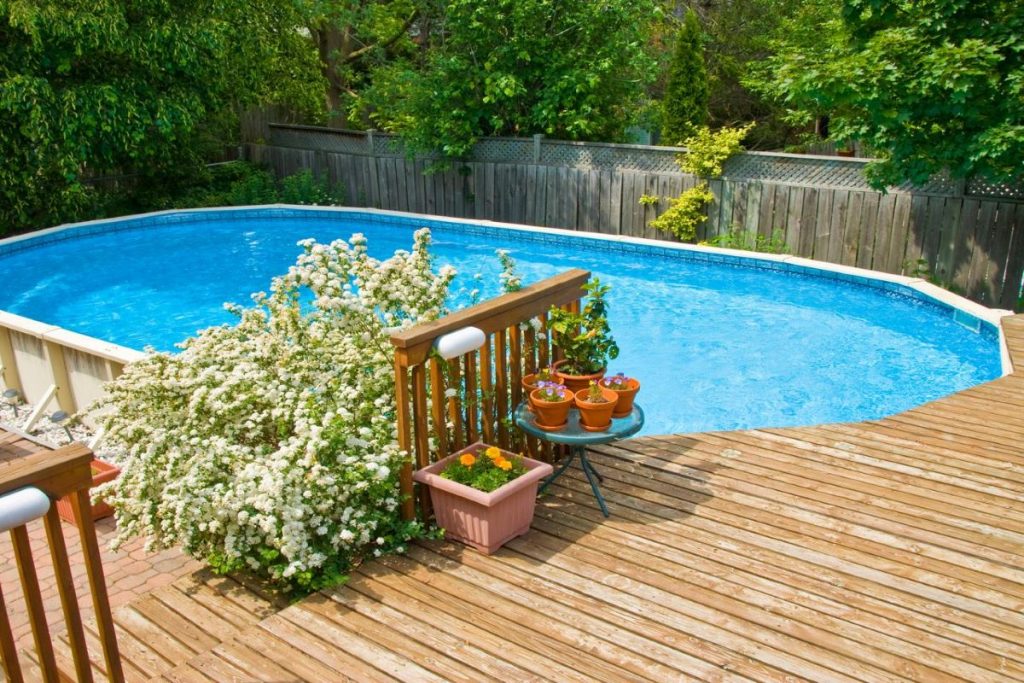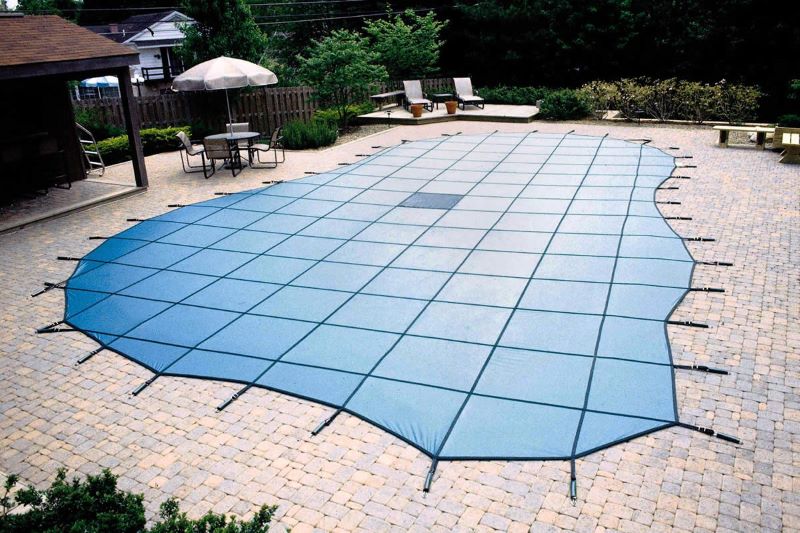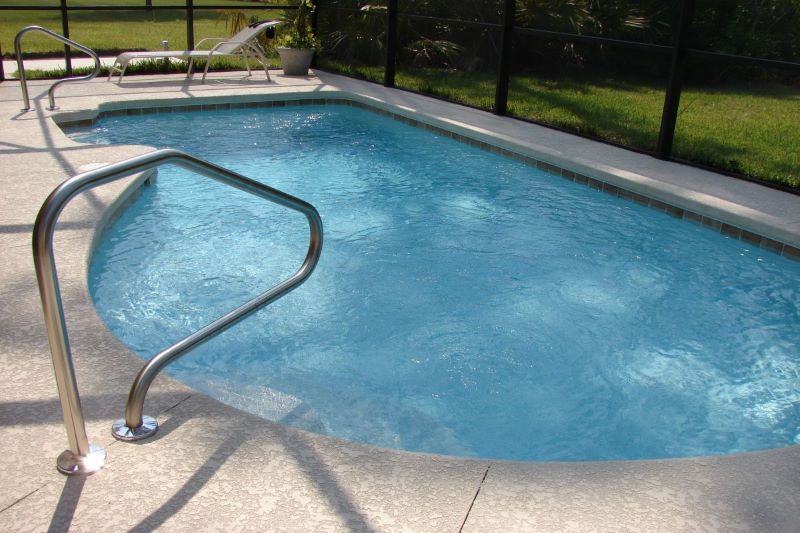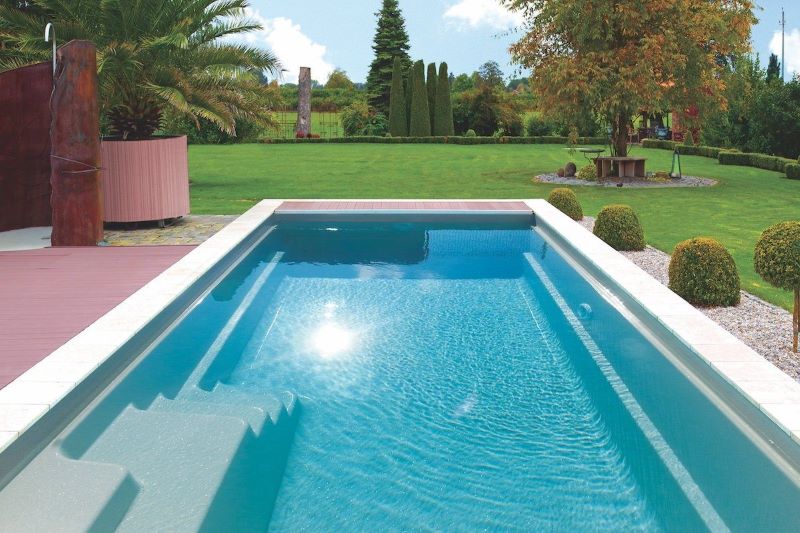Table of Contents
So, you’ve finally made the big decision – you are going to have a pool built in your yard. I envy you. But you are still uncertain as to whether you should opt for the one made of concrete or fiberglass. Here are certain facts that can help you determine which type is right for you.
Cost
When it comes to pool construction, we should distinguish between the initial and lifetime cost. The former is more or less the same for both fiberglass and concrete pools, while the latter significantly differs. This could be explained by the fact that you’ll need renovate your concrete pool every 10-15 years, re-tiling and resurfacing it, and this can set you back thousands of dollars depending on the size of your pool, while fiberglass pools won’t require any investment in their shells, no resurfacing and no vinyl liner to replace.
Construction and Installation
A fiberglass pool is built off-site, in the controlled environment of a factory, and then shipped to your house, so the installation process doesn’t take long, say, 3-5 weeks on average. As opposed to this, a concrete pool is built on-site, meaning that it will take considerably longer to put everything in place, no less than 2 months.
Maintenance
The growth of algae is the major maintenance consideration for every pool. Fiberglass pools have shells that are practically nonporous, inhibiting the spread of algae and reducing the quantity of sanitizing chemicals needed to maintain your pool. Unlike this, the surface of concrete pools is quite porous, requiring more chemicals and filtration, as well as frequent brooming and sweeping to prevent algae. Additionally, you’ll need to add acid to your concrete pool so as to keep the pH of water under control.
Design
This aspect can often be crucial in choosing a pool for your home, and concrete pools definitely take precedence here, offering much more flexibility with regard to shapes, sizes and design features. Since a fiberglass pool is built from a mold, you are limited to the shapes and sizes that pool builders offer, while shipping restrictions limit the width of its shell to 5 meters. By contrast, your concrete pool can have any size, shape, or depth you desire. Moreover, a concrete pool can be built in areas where a fiberglass pool is not a viable option and integrated seamlessly into your property to create an amazing centerpiece for you backyard. It is true to say that most fiberglass pools have steps and seating incorporated into their shells, but with their concrete counterparts you can have such cool features as beach entries, vanishing edges and tanning ledges – pretty awesome, you have to admit.
As you can see, both fiberglass and concrete pools have their advantages and drawbacks, but bearing in mind the benefits of having a swimming pool in your backyard, once you’ve set your mind on building one, everything else is a matter of nuances.
